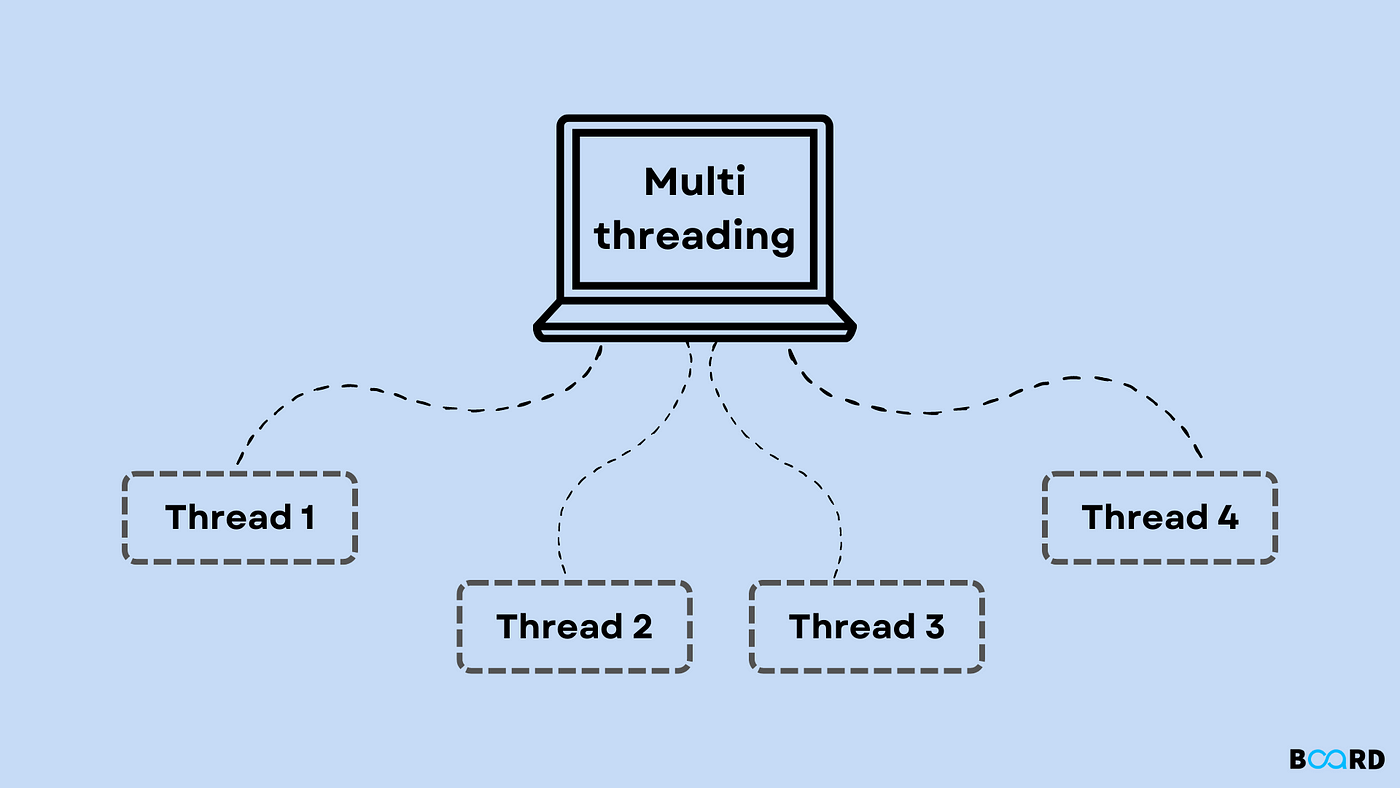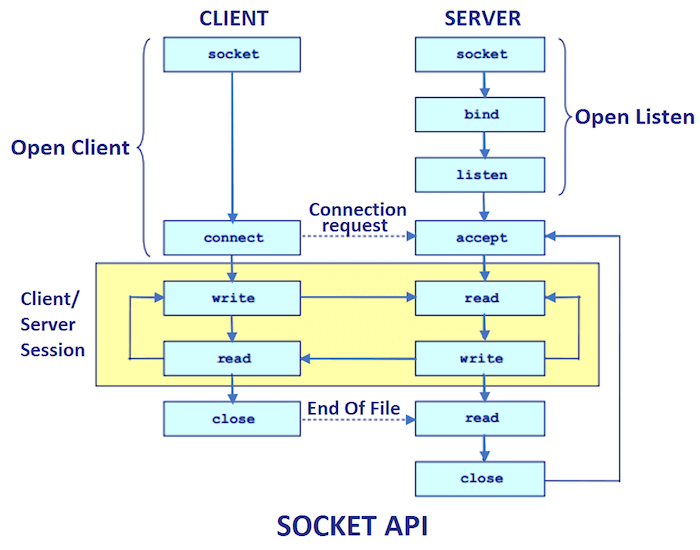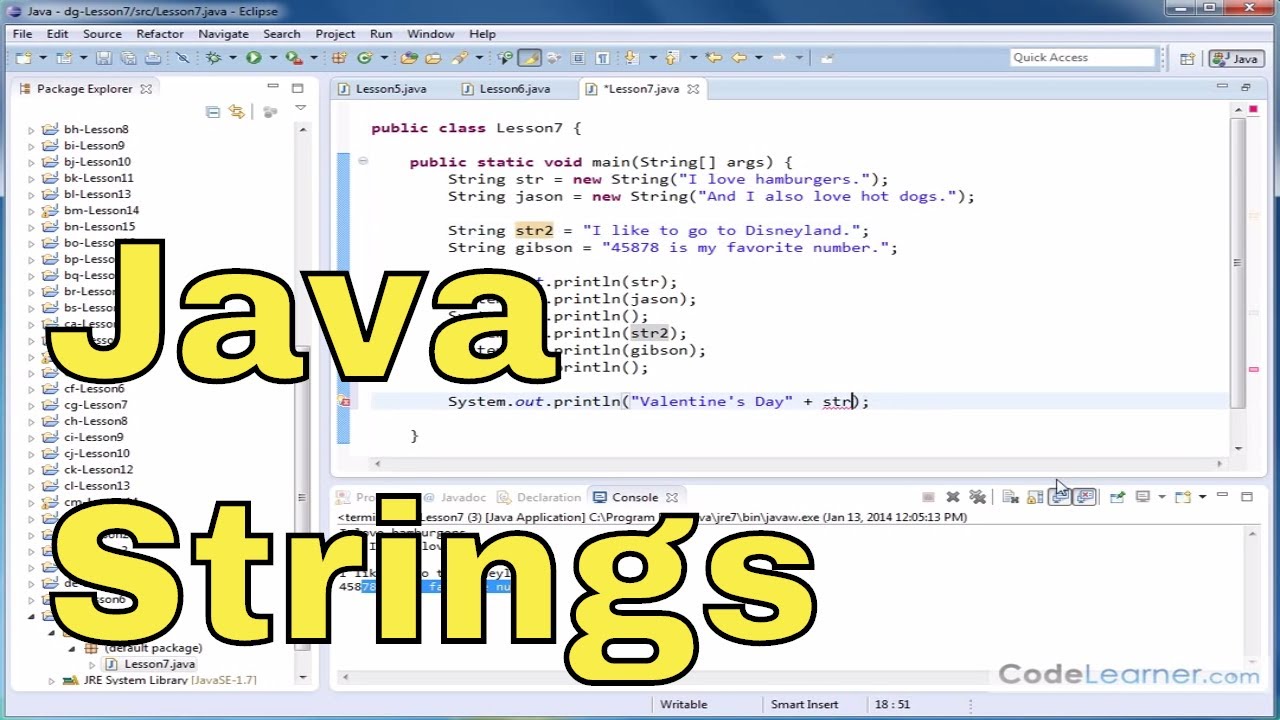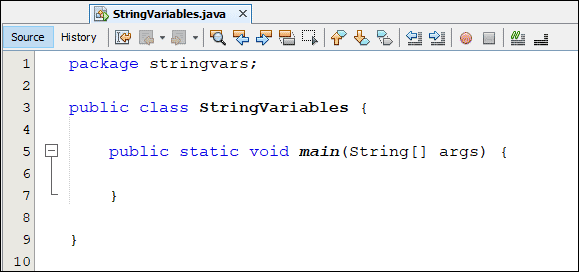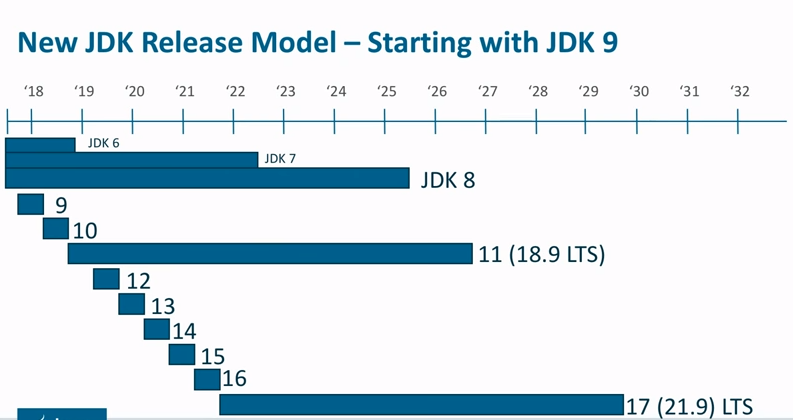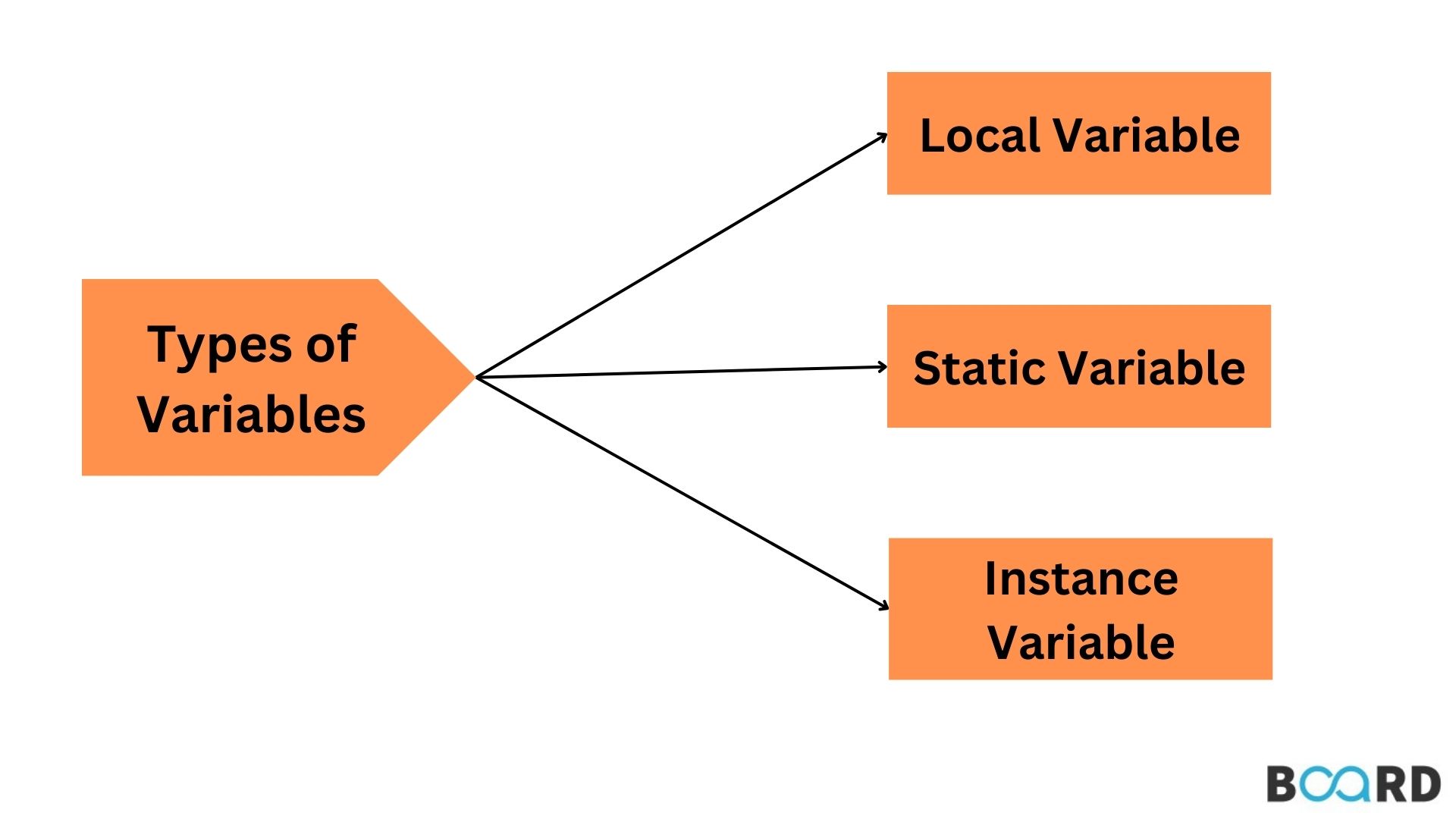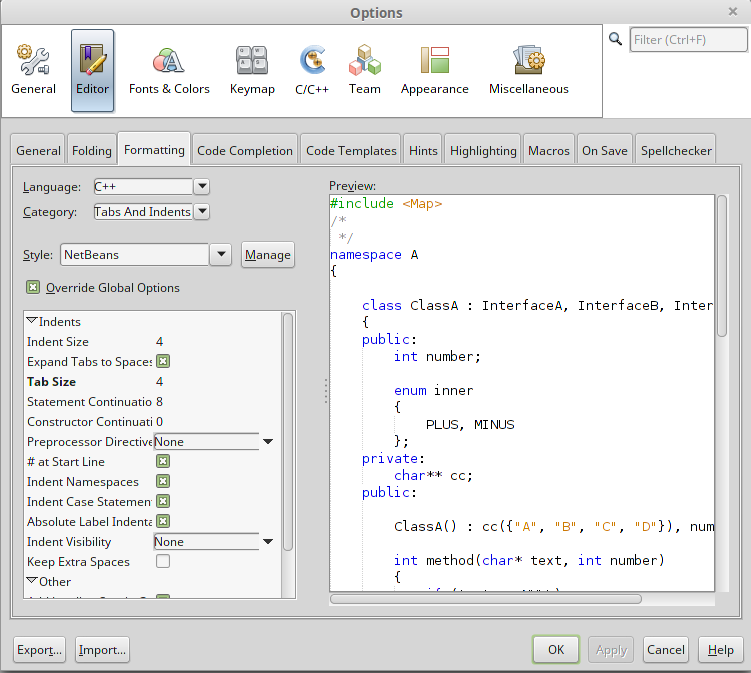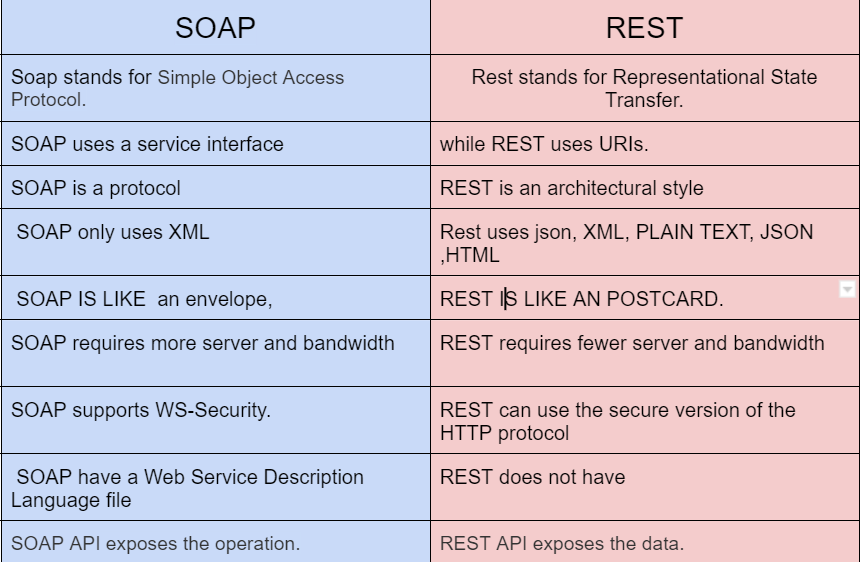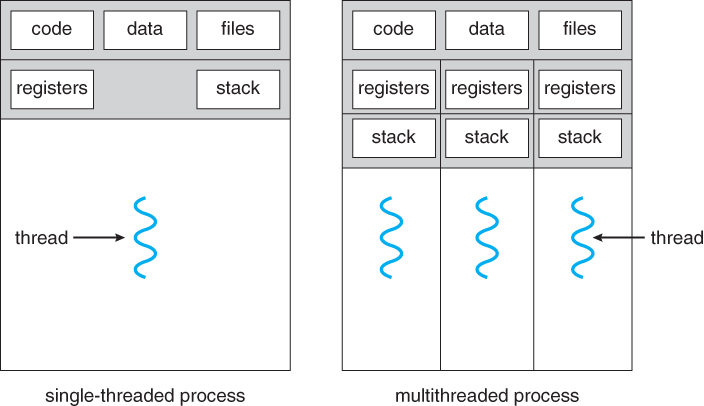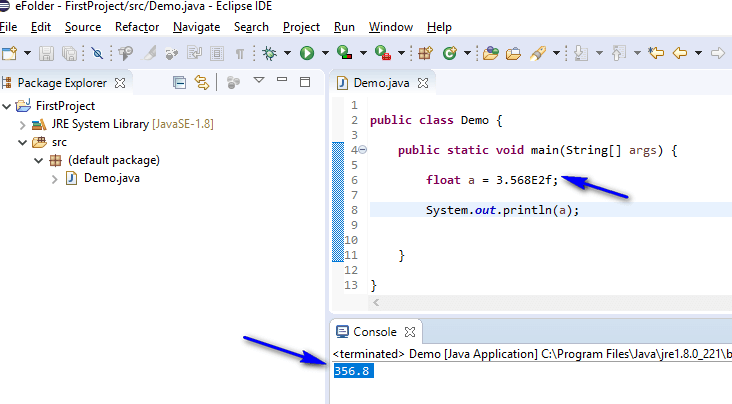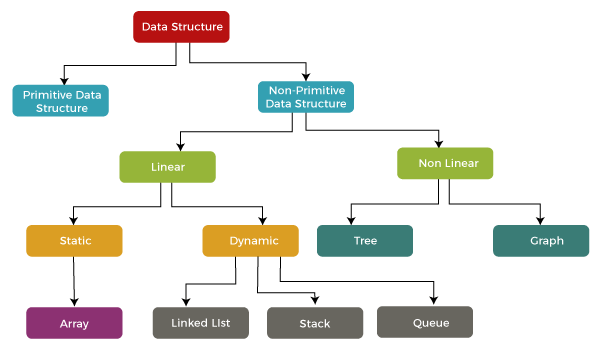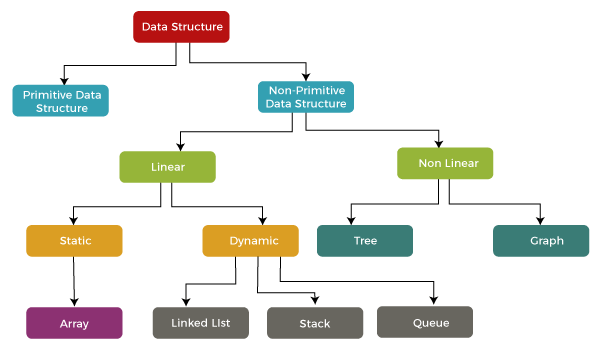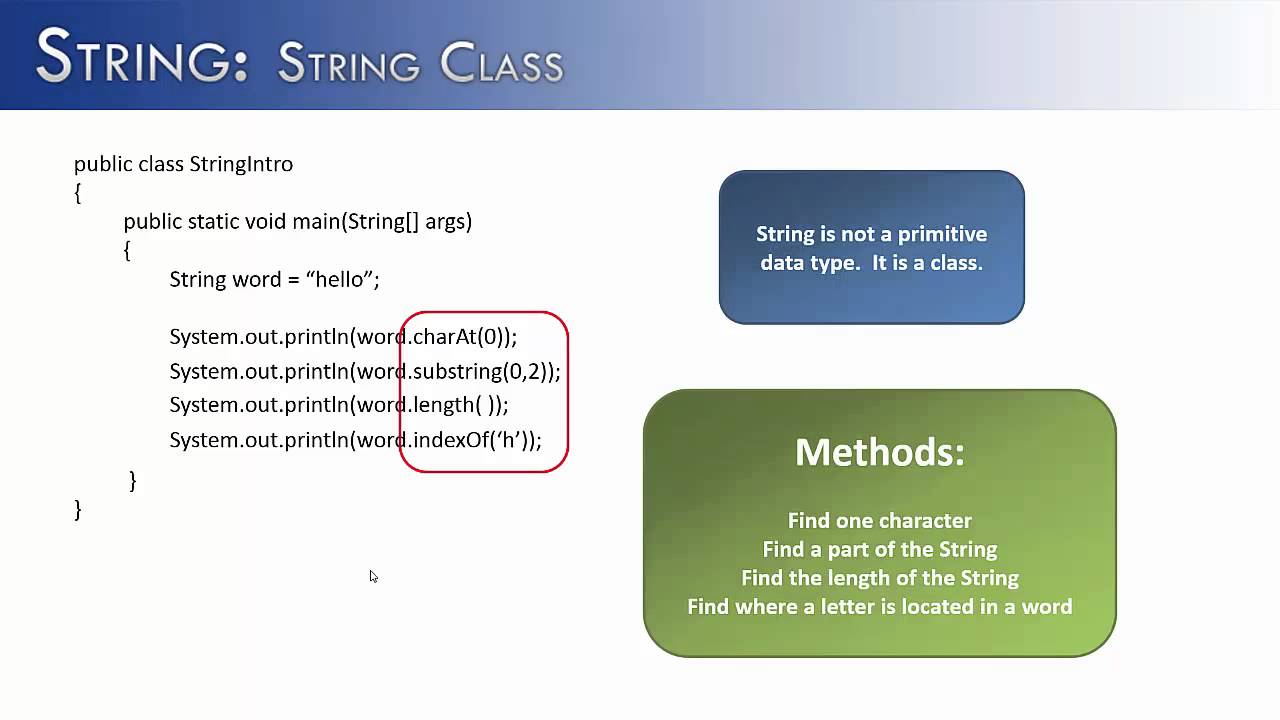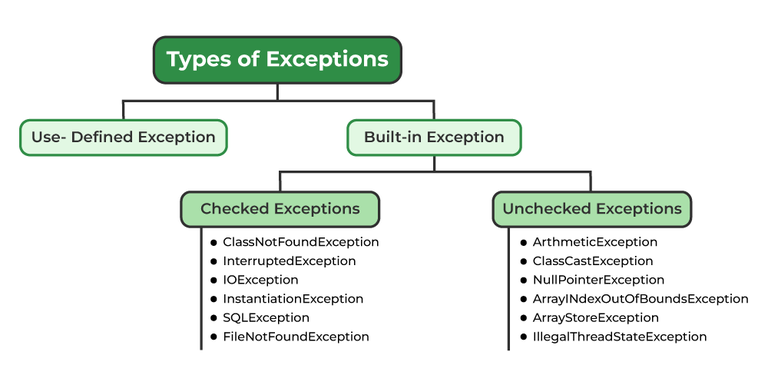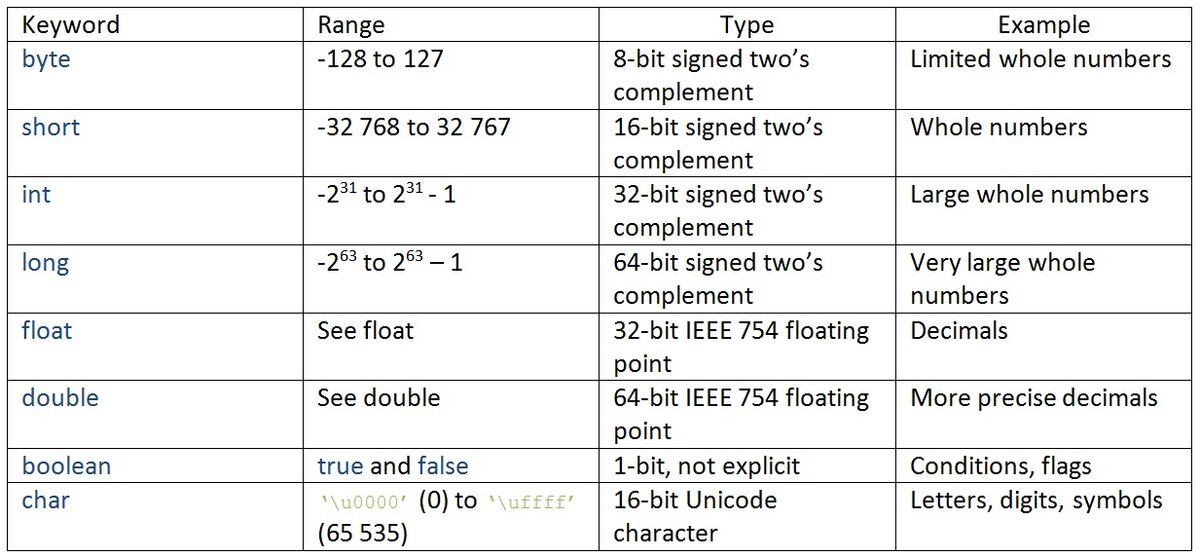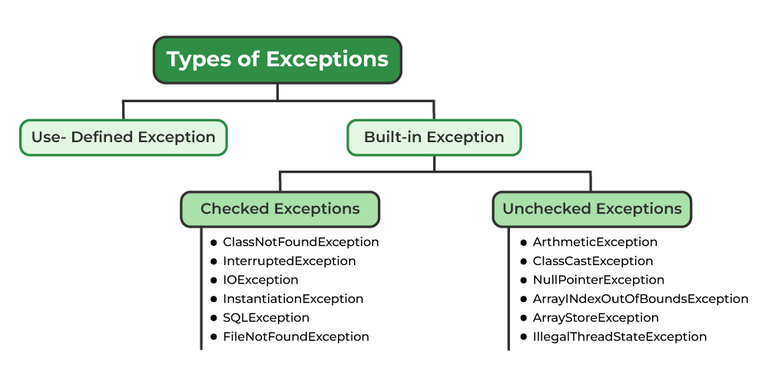What is synchronized vs concurrent in Java?
What is synchronized vs concurrent in Java?
I'm happy to help!
In Java, both "synchronized" and "concurrent" refer to the way multiple threads interact with each other when accessing shared resources. However, they differ in their approach and implications.
Synchronized:
"Synchronized" is a keyword in Java that ensures only one thread can execute a particular block of code at a time. It's used to protect access to shared resources, such as variables or objects, from being modified by multiple threads simultaneously.
When you mark a method or block of code as synchronized, it means that any thread trying to enter that section will need to acquire a lock (also known as a mutex) before proceeding. If the lock is already held by another thread, the current thread will wait until the lock is released before entering.
Synchronization is achieved through the use of a shared object called a "monitor" or "lock." A monitor is essentially a Java object that has methods to acquire and release locks.
Here's an example of a synchronized method in Java:
public class SynchronizedExample {public static synchronized void doSomething() {
// code here will be executed by only one thread at a time
}
}
Concurrent:
"Concurrent," on the other hand, refers to the ability of multiple threads to execute simultaneously without interfering with each other. In Java, concurrency is achieved through the use of high-level abstractions, such as Executor Framework, Fork/Join framework, or low-level APIs like ThreadLocalRandom.
Concurrency is about managing and coordinating the interactions between multiple threads that share common resources. It's about ensuring that each thread gets a fair chance to execute and make progress without conflicts arising from shared resource access.
Java provides various concurrency utilities, such as:
ExecutorService: Manages a pool of worker threads. ForkJoinPool: A pool of worker threads that can be used for parallel computations. ThreadLocalRandom: Provides thread-local random number generation.Here's an example of using the Executor Framework to execute concurrent tasks:
public class ConcurrencyExample {public static void main(String[] args) {
ExecutorService executor = Executors.newFixedThreadPool(5);
List<Callable> tasks = new ArrayList<>();
for (int i = 0; i < 10; i++) {
tasks.add(new Callable() {
@Override
public String call() throws Exception {
// do some work here...
return "Task completed: " + Thread.currentThread().getName();
}
});
}
List<Future> futures = executor.invokeAll(tasks);
for (Future future : futures) {
try {
System.out.println(future.get());
} catch (InterruptedException e) {
Thread.currentThread().interrupt();
}
}
}
}
In summary, synchronization in Java ensures that only one thread can execute a particular block of code at a time, while concurrency enables multiple threads to run simultaneously without interfering with each other. Both are essential for building robust and efficient multithreaded applications.
Hope this answers your question!
java synchronized variable
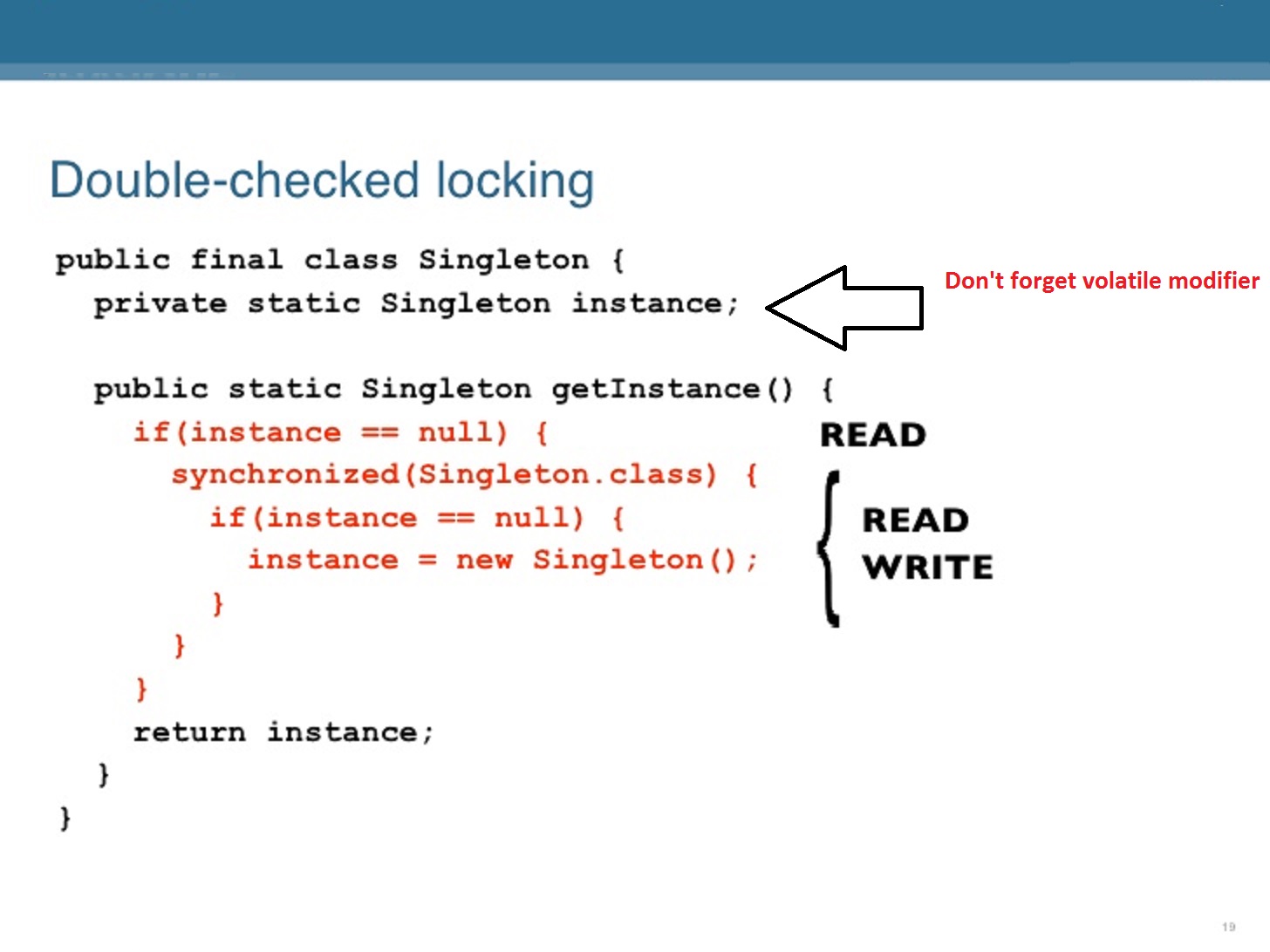
I'd be happy to explain the concept of synchronized variables in Java.
In Java, synchronization is used to ensure that multiple threads do not access shared resources simultaneously, which could lead to data inconsistencies and errors. The synchronized keyword is used to achieve this synchronization.
When a variable is declared as synchronized, it means that only one thread can access the variable at a time. This is achieved by acquiring a lock on the object that contains the synchronized variable before accessing the variable, and releasing the lock when access is complete.
Here are some key points about synchronized variables in Java:
Synchronization Scope: When you declare a variable assynchronized, it means that any code within the scope of the synchronization block (i.e., inside a method or constructor marked with the synchronized keyword) will be executed while holding the lock on the object. Lock Acquisition and Release: When a thread enters a synchronized block, it first acquires the lock by calling the monitorenter() method. Once the thread is done using the shared resource, it releases the lock by calling the monitorexit() method. Visibility and Ordering: Synchronized variables ensure that changes to the variable are visible to other threads that access the same variable, even if they don't share the same object instance. This means that changes made by one thread will be reflected in other threads' views of the variable once the lock is released. Performance Impact: The use of synchronized variables can have a performance impact due to the overhead of acquiring and releasing locks. In scenarios where multiple threads need to access shared resources frequently, it may be necessary to optimize the code or consider alternative synchronization strategies, such as using AtomicInteger classes or Lock interfaces.
Here's an example of how you might use synchronized variables in Java:
public class SynchronizedExample {private int counter = 0;
public void incrementCounter() {
// Declare a variable as synchronized
synchronized (this) {
counter++;
}
}
public static void main(String[] args) {
SynchronizedExample example = new SynchronizedExample();
// Multiple threads can access the same instance
Thread thread1 = new Thread(() -> example.incrementCounter());
Thread thread2 = new Thread(() -> example.incrementCounter());
// Start both threads
thread1.start();
thread2.start();
}
}
In this example, only one thread can increment the counter variable at a time, ensuring that the value of counter remains consistent across all threads.
